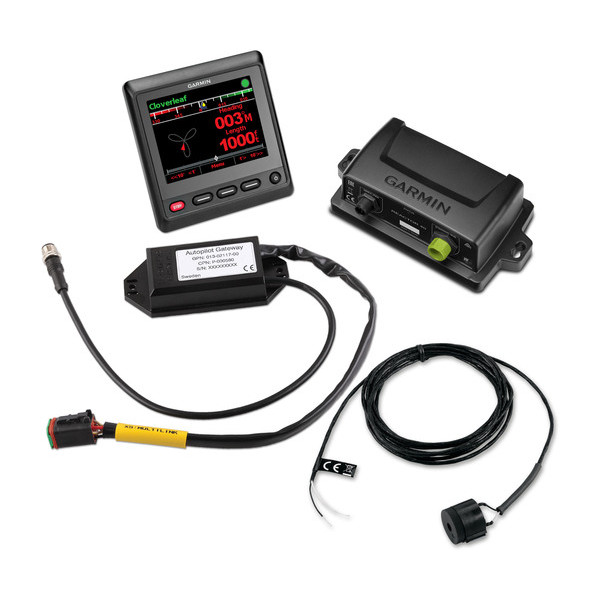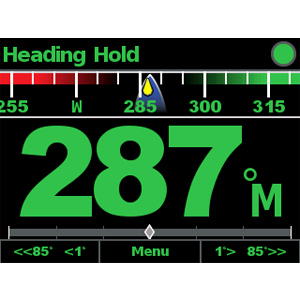

If you haven't applied magnetic variation, you could be flying as much as 15 degrees or so off course. But 360 degrees on the compass points to Magnetic North in Canada. Why is it important? Well if your track to fly (ascertained from a map) is 360 degrees true in relation to the North Pole, you should be flying right to the North Pole. Magnetic Variation is the bugbear of many student pilots. This number varies depending on where you are on the earth. The angular difference between True and Magnetic north is called Magnetic Variation. Magnetic North is currently over northern Canada. Magnetic North is where the compass points - which is not actually the North Pole. A pilot can measure the direction between two points to create a 'track' or 'course' to fly in degrees true. The maps used for navigating are oriented to the North Pole.

Finding reliable true headings was difficult until the era of things like the gyrocompass (patented in 1906 (Germany) and 1908 (USA)) and more recently, GPS. To get the True Heading, you need to first read the magnetic compass, then either add an Easterly, or subtract a Westerly, magnetic variation based upon the isogonic lines on your sectional (the purple dashed lines labeled 5°W, 3☎, etc).Įxample 1: Magnetic Heading 177 w/ 3 degrees East Magnetic deviation = true course 180.Įxample 2: Magnetic Heading 177 w/ 3 degrees West Magnetic deviation = true course 174.īecause of this, in the past, magnetic headings were used because a simple compass could be used.

To get the Magnetic Heading, you just read it off the magnetic compass. Magnetic North is somewhere over Canada, moving towards Russia. True North is directly over the earth's axis. For a True Heading, this is in relation to True North. For a Magnetic Heading, this is in relation to Magnetic North. The "heading" refers to the direction an aircraft is pointing.


 0 kommentar(er)
0 kommentar(er)
